Intro
Master the skies with a deeper understanding of the airspeed indicator. Learn how this crucial flight instrument works, its components, and its role in aircraft performance. Discover the relationship between airspeed, altitude, and angle of attack, and get familiar with related terms like Mach number, calibrated airspeed, and indicated airspeed.
Airspeed indicators are crucial components in aircraft instrumentation, providing pilots with vital information about their speed relative to the air. This information is essential for safe and efficient flight operations, as it helps pilots to control the aircraft's speed, climb and descend rates, and maintain stable flight.
In the early days of aviation, pilots relied on primitive methods to estimate their airspeed, such as observing the aircraft's behavior, using stopwatch and distance measurements, or relying on the seat-of-the-pants feel. However, with the advent of modern aviation, the need for accurate and reliable airspeed indication became increasingly important. The airspeed indicator was born out of this necessity, and it has since become an indispensable tool in every aircraft cockpit.
So, how does an airspeed indicator work?
Basic Principles of Airspeed Indicators
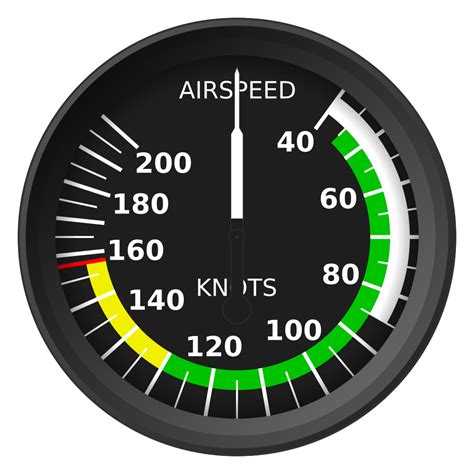
Airspeed indicators work on the principle of dynamic pressure, which is the difference between the total pressure and the static pressure. Dynamic pressure is proportional to the square of the airspeed, and it is this pressure difference that is used to measure airspeed. The airspeed indicator uses a combination of pitot tubes, static ports, and a mechanical linkage to measure and display the airspeed.
Pitot Tubes and Static Ports
Pitot tubes are narrow tubes that extend into the airflow and measure the total pressure, which includes both the dynamic and static pressures. Static ports, on the other hand, measure the static pressure, which is the pressure of the surrounding air. By comparing the pressures from the pitot tube and the static port, the airspeed indicator can calculate the dynamic pressure and, therefore, the airspeed.
Components of an Airspeed Indicator
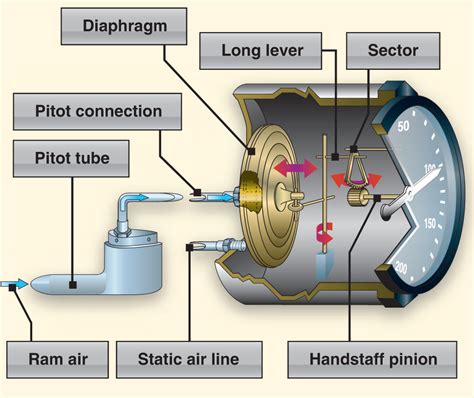
A typical airspeed indicator consists of several components:
- Dial: The dial is the face of the airspeed indicator, displaying the airspeed in knots, miles per hour, or kilometers per hour.
- Pointer: The pointer is a mechanical indicator that moves along the dial to show the airspeed.
- Pitot tube: The pitot tube is the narrow tube that extends into the airflow to measure the total pressure.
- Static port: The static port is the small opening that measures the static pressure.
- Mechanical linkage: The mechanical linkage is the system of gears and levers that connects the pitot tube and static port to the dial and pointer.
Working Mechanism
Here's how the airspeed indicator works:
- Air flows into the pitot tube, creating a total pressure that is proportional to the airspeed.
- The static port measures the static pressure of the surrounding air.
- The mechanical linkage compares the pressures from the pitot tube and static port, calculating the dynamic pressure.
- The dynamic pressure is then used to move the pointer along the dial, indicating the airspeed.
Types of Airspeed Indicators
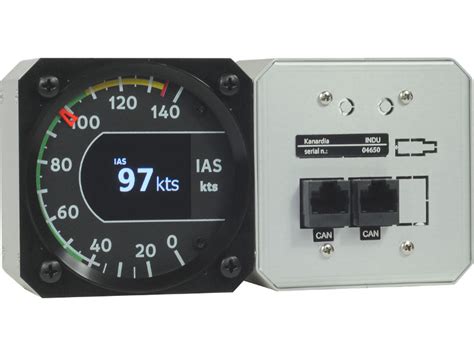
There are several types of airspeed indicators, including:
- Mechanical airspeed indicators: These are the traditional type of airspeed indicators that use a mechanical linkage to display the airspeed.
- Digital airspeed indicators: These use electronic sensors and digital displays to show the airspeed.
- Glass cockpit airspeed indicators: These are modern airspeed indicators that use electronic displays and are often integrated into the aircraft's glass cockpit system.
Calibration and Maintenance
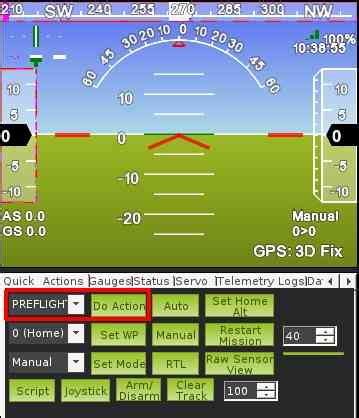
Airspeed indicators require regular calibration and maintenance to ensure accurate and reliable readings. This includes:
- Calibration: The airspeed indicator must be calibrated to ensure that it is displaying the correct airspeed.
- Cleaning: The pitot tube and static port must be cleaned regularly to ensure that they are free from debris and contamination.
- Inspection: The airspeed indicator must be inspected regularly to ensure that it is functioning correctly.
Gallery of Airspeed Indicators
Airspeed Indicators Image Gallery
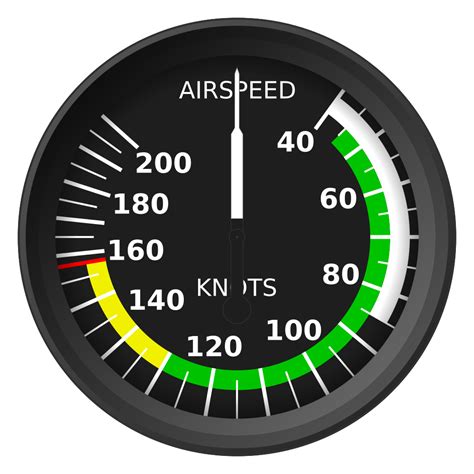

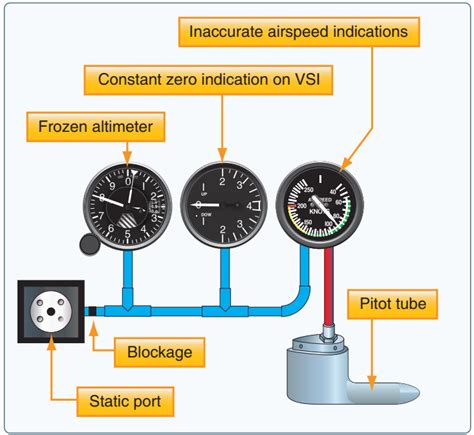
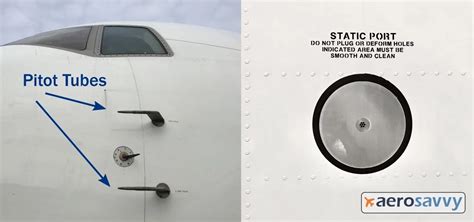
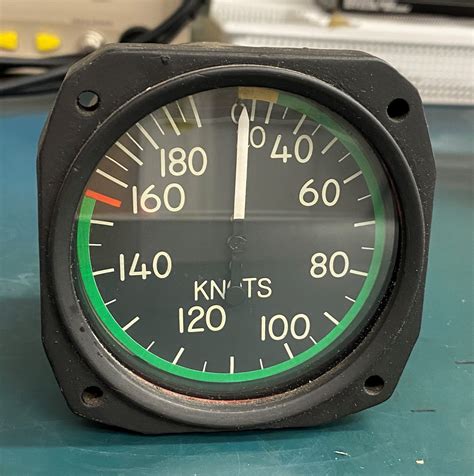
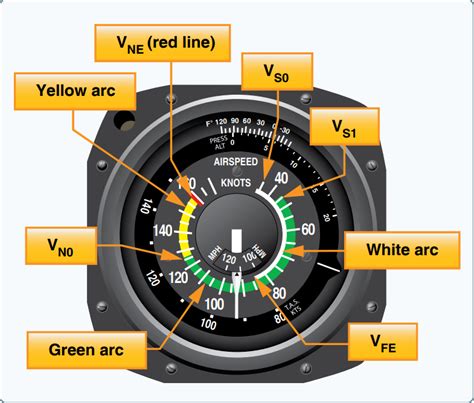
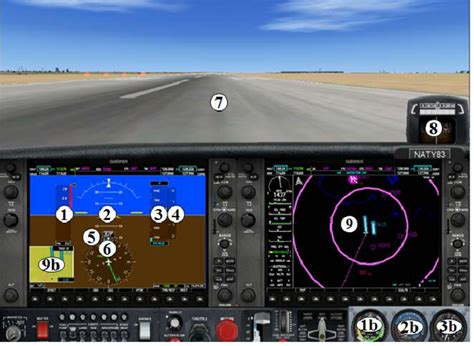

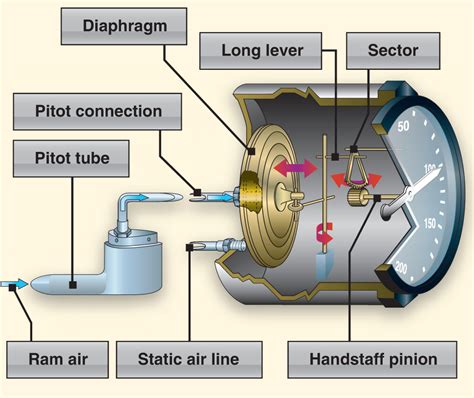
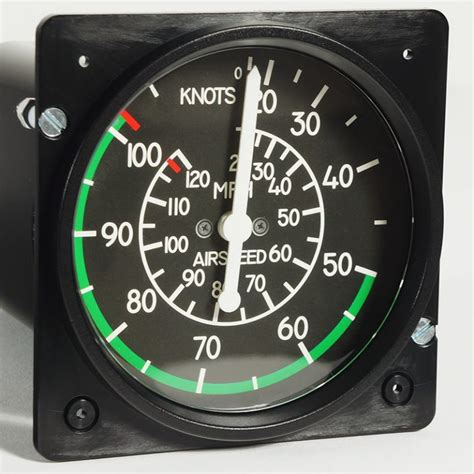
Frequently Asked Questions
What is the purpose of an airspeed indicator?
+The purpose of an airspeed indicator is to provide the pilot with information about the aircraft's speed relative to the air.
How does an airspeed indicator work?
+An airspeed indicator works by measuring the dynamic pressure, which is the difference between the total pressure and the static pressure.
What are the different types of airspeed indicators?
+There are mechanical airspeed indicators, digital airspeed indicators, and glass cockpit airspeed indicators.
As you can see, airspeed indicators are crucial components in aircraft instrumentation, providing pilots with vital information about their speed relative to the air. By understanding how airspeed indicators work and the different types available, pilots can ensure safe and efficient flight operations.
